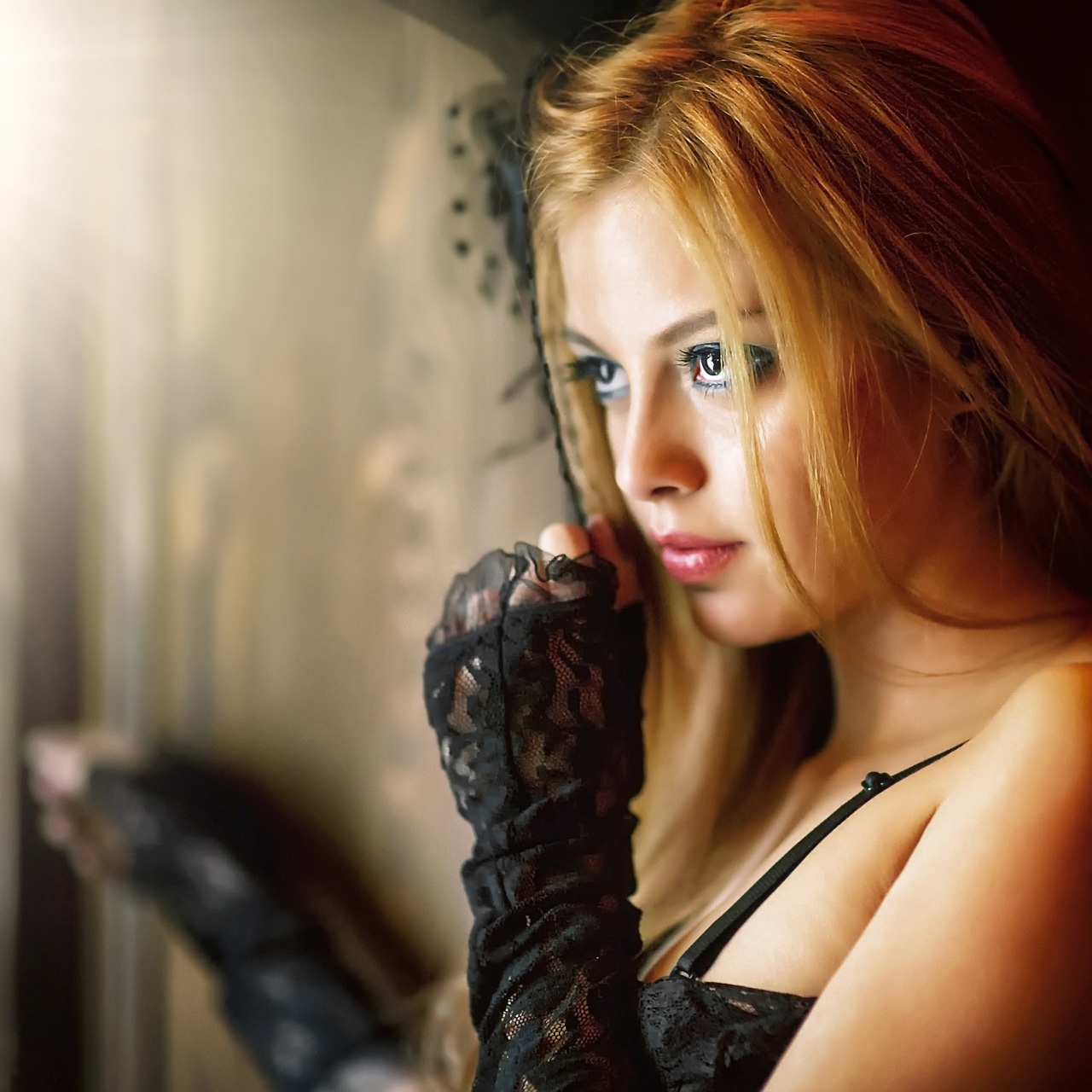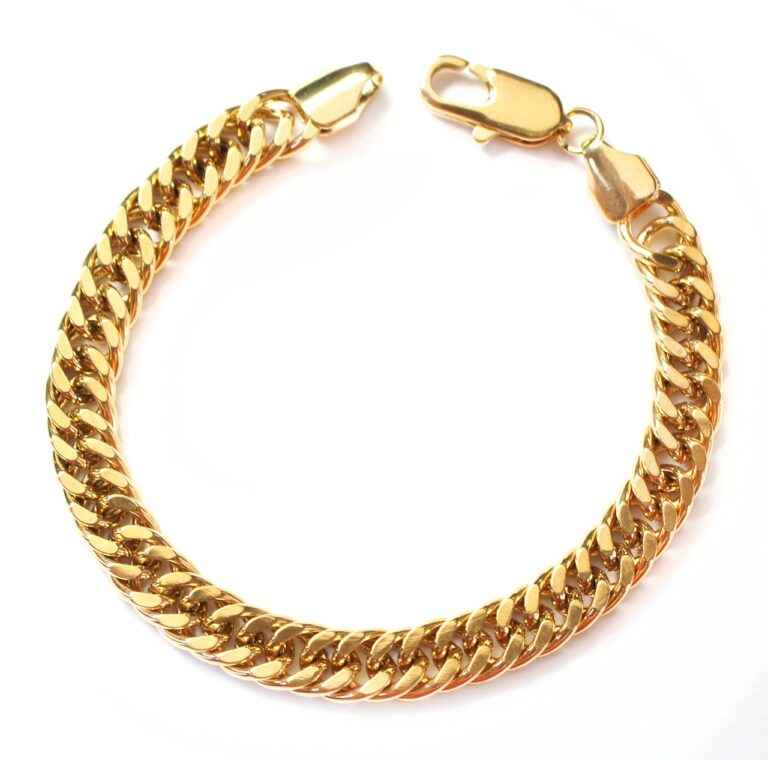The Impact of Body Image in Fashion: Promoting Healthy Representation on the Runway
The fashion industry plays a significant role in shaping the societal standards of beauty and body image. From runways to magazine covers, the industry often promotes a narrow definition of beauty that can lead to unrealistic expectations and body image issues among individuals. Models are frequently expected to adhere to specific body measurements and standards, perpetuating an unattainable ideal that many strive to achieve. This constant portrayal of a homogeneous body type not only impacts those within the industry but also influences the general population’s perceptions of beauty.
Moreover, the emphasis on thinness and perfection in the fashion world can contribute to the prevalence of body dissatisfaction and eating disorders. Models are often under immense pressure to maintain a certain weight and size, leading to unhealthy behaviors and practices in order to fit into the industry’s standards. This relentless pursuit of an idealized body image can have detrimental effects on both the physical and mental well-being of individuals, creating a cycle of comparison and self-criticism that is perpetuated by the industry’s standards.
Historical Standards of Beauty
From ancient civilizations to modern societies, beauty standards have been ever-evolving. In various cultures and time periods, different features and body shapes have been considered ideal. For example, in the Renaissance era, fuller figures were admired as a sign of wealth and fertility. Paintings and sculptures from this period often depicted women with round faces and voluptuous bodies.
Moving into the 20th century, the flapper era of the 1920s brought a shift in beauty standards towards a more slender and boyish figure. Women were encouraged to have a lean silhouette with a small bust and hips. This new ideal was reflective of the changing roles of women in society, as they began to participate more actively in the workforce and embrace a more independent lifestyle.
Influence of Media on Body Image
In today’s digital age, the media plays a significant role in shaping societal perceptions of beauty and body image. With the rise of social media platforms, individuals are consistently bombarded with images of perceived perfection, setting unrealistic standards for how one should look. From flawless filters to curated feeds, these idealized representations can lead to feelings of inadequacy and dissatisfaction among viewers.
Moreover, the prevalence of digitally altered photos in magazines and advertisements further perpetuates these unattainable ideals. By showcasing airbrushed and edited images of models and celebrities, the media creates an artificial reality that distorts one’s perception of beauty. As a result, many individuals strive to achieve an unattainable standard of perfection, often resorting to extreme measures to alter their appearance in pursuit of societal acceptance and validation.
• Social media platforms bombard individuals with images of perceived perfection
• Unrealistic standards for how one should look are set by curated feeds and flawless filters
• Idealized representations can lead to feelings of inadequacy and dissatisfaction among viewers
• Digitally altered photos in magazines and advertisements perpetuate unattainable beauty ideals
• Airbrushed and edited images create an artificial reality that distorts perception of beauty
• Many individuals strive to achieve an unrealistic standard of perfection in pursuit of acceptance
How does the fashion industry influence body image?
The fashion industry often promotes unrealistic and unattainable standards of beauty, leading individuals to compare themselves to these ideals.
What were some historical standards of beauty?
Historical standards of beauty have varied over time and across cultures, but have often included attributes such as curvaceousness, pale skin, or a slender figure.
How does the media influence body image?
The media, through advertisements, television shows, and social media platforms, perpetuates certain beauty standards that can negatively impact individuals’ body image and self-esteem.
Can media have a positive influence on body image?
While media can sometimes promote body positivity and diversity, the overwhelming portrayal of unrealistic beauty standards tends to overshadow these messages.







